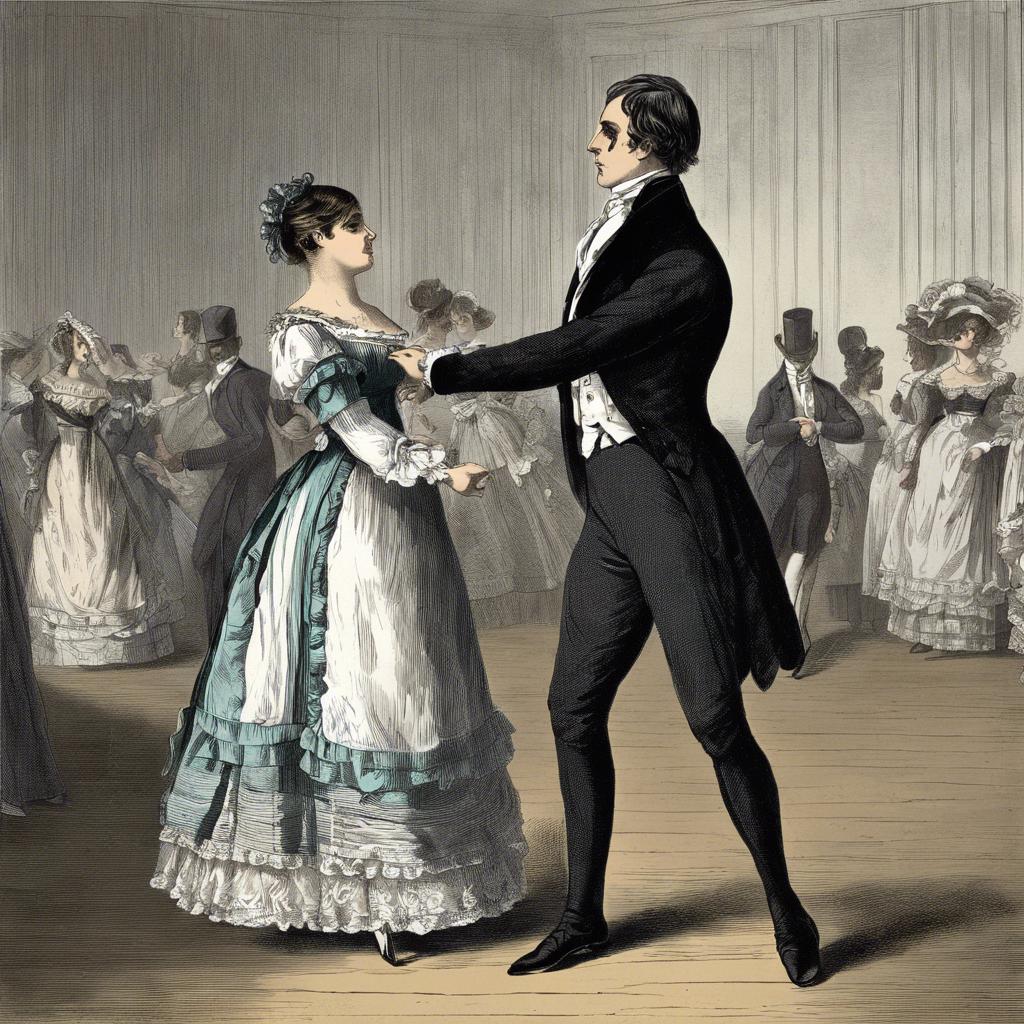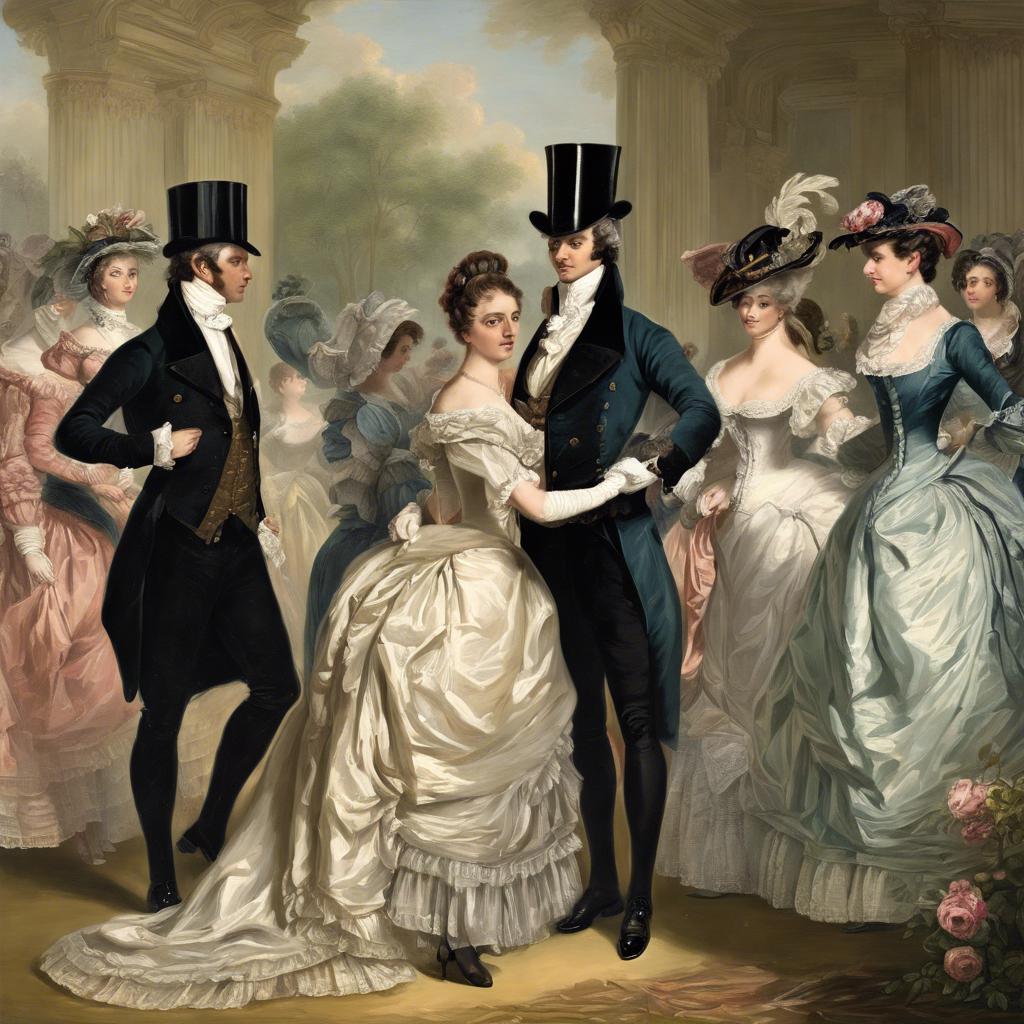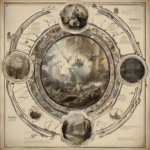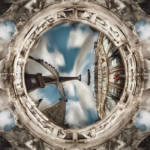In the regency era boy names”>early 19th century, the elegant and intricate dance known as the Regency Era Quadrille captivated high society in England and beyond. Originating from French courtly dances, the Quadrille evolved into a sophisticated and refined form of social dancing, reflecting the cultural sophistication and etiquette of the Regency period. This article explores the history, structure, and significance of the Regency Era Quadrille, shedding light on its role in shaping the social fabric of the time.
Step Into the World of Cheryl Bolen
Dive into the enchanting stories of love, intrigue, and elegance set in the Regency Era. Cheryl Bolen's novels offer timeless romance and captivating tales that will leave you wanting more.
Explore Cheryl Bolen's Books Now
– The Rise of the Regency Era Quadrille: A Distinguished Dance Form of the 19th Century
The Regency Era Quadrille was a highly esteemed dance form that gained popularity in the 19th century among the elite society of Europe. This elegant dance was characterized by intricate patterns, refined movements, and a strict code of etiquette. Dancers would perform in synchronized formations, showcasing their grace and sophistication.
The Quadrille was not just a dance but a symbol of social status and refinement during the Regency Era. It was often performed at grand balls and soirées, where the aristocracy and nobility would gather to socialize and display their wealth and cultural sophistication. The Quadrille provided a platform for individuals to showcase their dancing skills and demonstrate their knowledge of the intricate dance steps and sequences.
Dancers participating in the Regency Era Quadrille were expected to adhere to strict rules of decorum and style. Proper attire, graceful posture, and precise footwork were essential components of a successful performance. Each movement and gesture had a specific meaning, adding depth and nuance to the dance. The Quadrille was not just a form of entertainment but a way for individuals to communicate social hierarchy and establish connections within elite circles.
– Unraveling the Intricate Footwork and Choreography of the Regency Era Quadrille
During the Regency era, the quadrille was a popular dance that required intricate footwork and precise choreography. Dancers would gather in a square formation, each couple facing one another, ready to perform a series of elegant and synchronized movements.
The quadrille typically consisted of five distinct parts, known as figures, which were performed in a specific order. Each figure had its own unique steps and patterns, requiring dancers to seamlessly transition between movements with grace and poise.
One of the key elements of the Regency era quadrille was the emphasis on unity and synchronization among the dancers. Partners had to work together to ensure their movements were perfectly aligned, creating a visually stunning display of agility and skill on the dance floor. The quadrille was not only a form of entertainment but also a way for individuals to showcase their social grace and refinement in high society.
– Tips for Mastering the Elegance and Grace of the Regency Era Quadrille
For those looking to master the elegance and grace of the Regency Era Quadrille, there are a few key tips to keep in mind. With its intricate steps and precise movements, the Quadrille was a popular dance during the early 19th century in England. To truly embody the spirit of this historic dance, consider the following suggestions:
First and foremost, proper posture is essential when performing the Quadrille. Keep your back straight, shoulders relaxed, and chin held high. This will not only help you maintain balance throughout the dance but also exude a sense of confidence and refinement.
Furthermore, pay close attention to your footwork. The Quadrille involves a series of intricate steps, including chasses, glissades, and balancés. Practice these movements diligently to ensure that you can execute them smoothly and gracefully on the dance floor. Remember, precision is key when mastering the art of the Quadrille.
– Exploring the Social Significance and Etiquette of the Regency Era Quadrille
The Regency era quadrille was a highly popular and intricate dance that was not only a form of entertainment but also a way for individuals to showcase their social status and etiquette. This dance was often performed at balls and social gatherings among the upper class in the early 19th century.
During the Regency era, the quadrille was more than just a dance; it was a reflection of one’s social standing and sophistication. The intricate steps and formations required a high level of skill and coordination, making it a dance reserved for the elite members of society. Participating in a quadrille was a way for individuals to demonstrate their refinement and elegance.
Proper etiquette was of utmost importance during the Regency era, especially when it came to dancing the quadrille. Participants were expected to adhere to strict rules of conduct, such as maintaining proper posture, following the lead of the dance master, and showing respect to their dance partners. Failure to follow these social norms could result in being ostracized from future social events.
In Summary
the Regency Era quadrille exemplifies the refinement and grace of this period in history. This intricate and elegant dance form served as a popular pastime for the aristocracy and provided a window into the societal norms and values of the time. As we look back on this era, we can appreciate the beauty and sophistication of the quadrille, a true reflection of the cultural landscape of the Regency Era. Its legacy lives on in the hearts of dance enthusiasts and historians alike, serving as a testament to the enduring appeal of this captivating dance form. Let us continue to celebrate and preserve the traditions of the Regency Era quadrille, ensuring that its historical significance is never forgotten.


